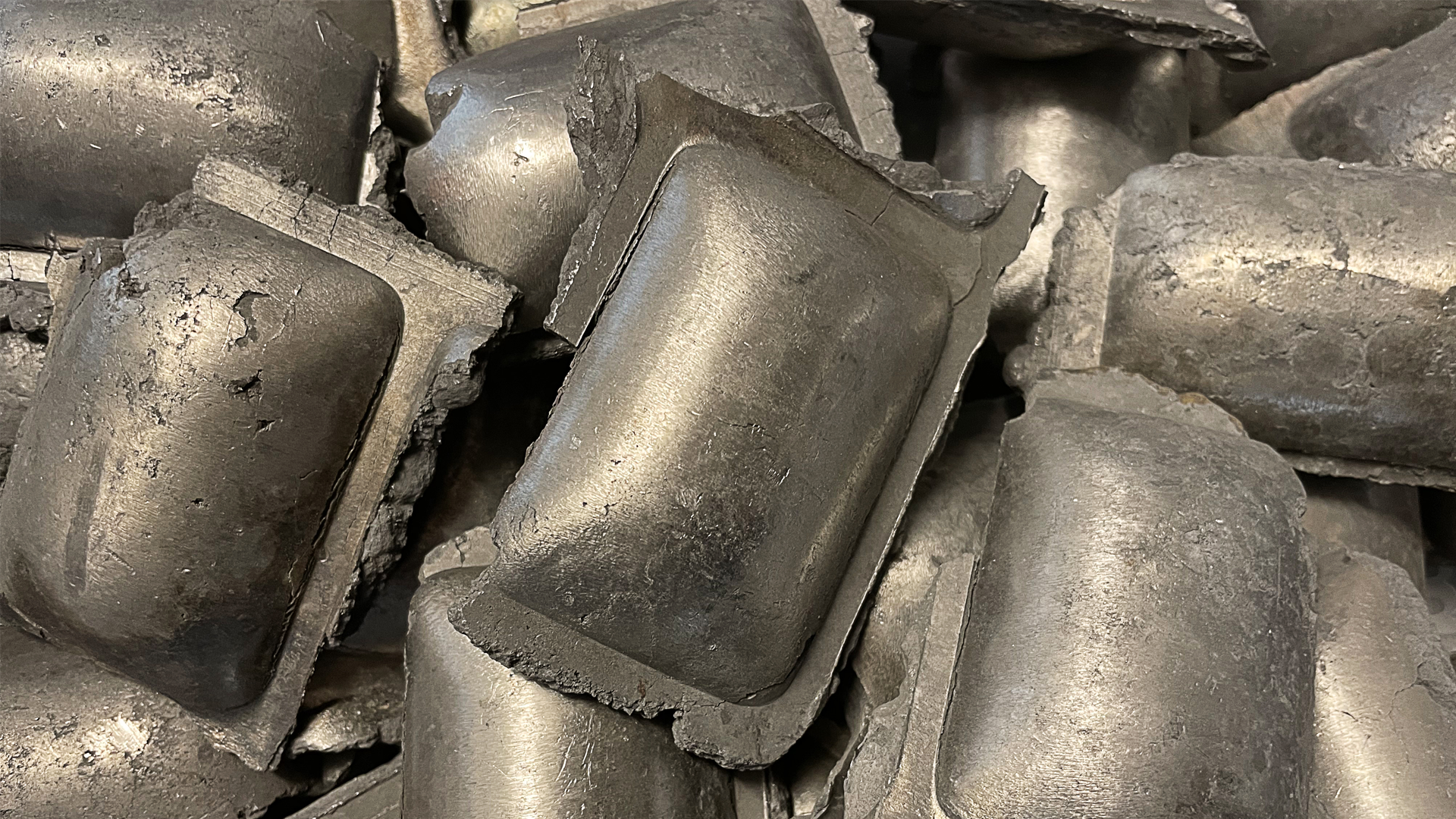HCT - a profitable development?
That development is moving towards longer and heavier freight transport, which we call High Capacity Transport (HCT), is indisputable. But why is it desirable?
HCT is undergoing development in various ways around the globe. In Sweden, we have recently increased the maximum total weight of freight transport on parts of our road network from 64 to 74 tonnes. Hopefully, the next step will be to permit 34.5 m long combinations – as Finland did in 2019 – instead of today’s maximum permitted 25.25 m long vehicle combinations.
Permitted for HCT vehicles:
- Heavier total weight
- Longer vehicle combinations
Heavier total weight is easy to understand: heavier goods can be loaded onto each vehicle, but what about longer vehicle combinations? A lot of transport requires more volume than weight. Longer vehicles allow for higher load volumes.
Which is heaviest?
Consider the old riddle: Which is heaviest? 1,000 kg of lead or 1,000 kg of cotton? Obviously both weigh the same, but compare the trailer size you need to transport one tonne of lead compared to one tonne of cotton.
A longer vehicle will not always utilise the total maximum weight, but it can be filled to 100% capacity depending on the load. HCT is way of contributing to increased transport efficiency and – above all – a way of reducing CO2 emissions from freight transport in line with overall global targets. If we focus on the term ‘freight transport’, and freight transport in combination with CO2, it may become clear. When it comes to transporting goods, CO2 emissions are not indicative of the vehicle’s journey in kilometres as is the case for passenger vehicles, it relates to the volume of transported goods per kilometre travelled (CO2/tonne km). As illustrated in the image below, we can compare CO2 in relation to the transported volume of goods, but we can also see other differences which result in fewer but longer freight transport vehicles. Comparisons are made between different rig types, from traditional semitrailers to the current 25.25 m rigs, to what ongoing HCT projects have shown to be possible with even longer vehicles.

Different types of vehicles can take advantage of these possibilities to different extents. The combination of increased total weight and increased vehicle length enables a higher load volume and creates flexibility and transport efficiency. So, depending on what is transported, you are dependent on increased total weight, increased load volume or the combination of both to optimise your transport.
Timber and woodchips are good examples of goods that can often be loaded to high capacity in relation to weight or volume. Depending on the nature of the load, whether it is wet or dry, you will need high volume or high total weight to optimise your transport.
Would you like to learn more about HCT?
Imagesource: Sveaskog
Recommended reading

Efficiency, Safety, and Sustainable Transport – Top 5 Articles and Insights of 2024

Transport Industry 2024: Great Progress Towards a Sustainable Future

